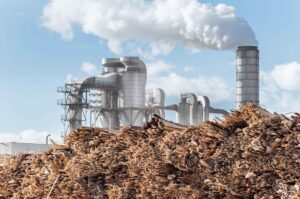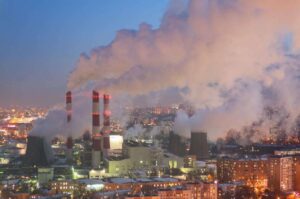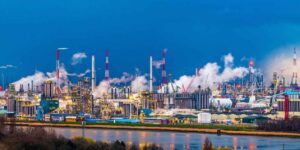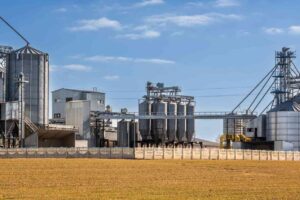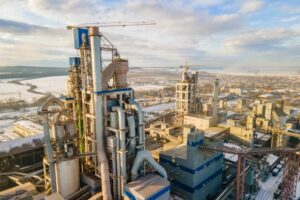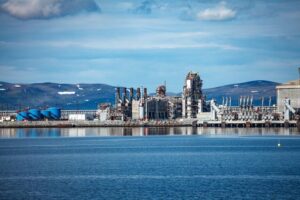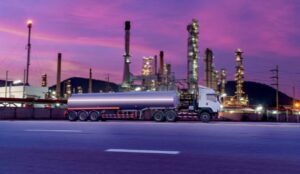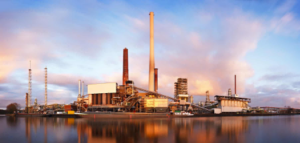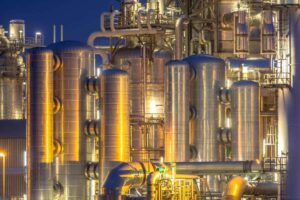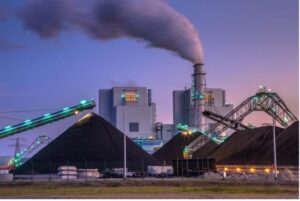As iron and steel mills increasingly modernize their operations to remain competitive, it is becoming more essential than ever for them to keep track of the atmosphere gases and flue gases that are released into the air.
Monitoring these emissions is an important part of operating a safe, environmentally responsible facility — one that meets both governmental regulations and internal safety protocols.
In this blog post, we’ll be exploring how businesses in the iron & steel industry can accurately monitor the atmosphere gases and flue gases in their mills and harsh environments so they can ensure compliance with environmental guidelines without impacting operational effectiveness or efficiency.
Benefits Of Monitoring The Atmosphere And Flue Gases!
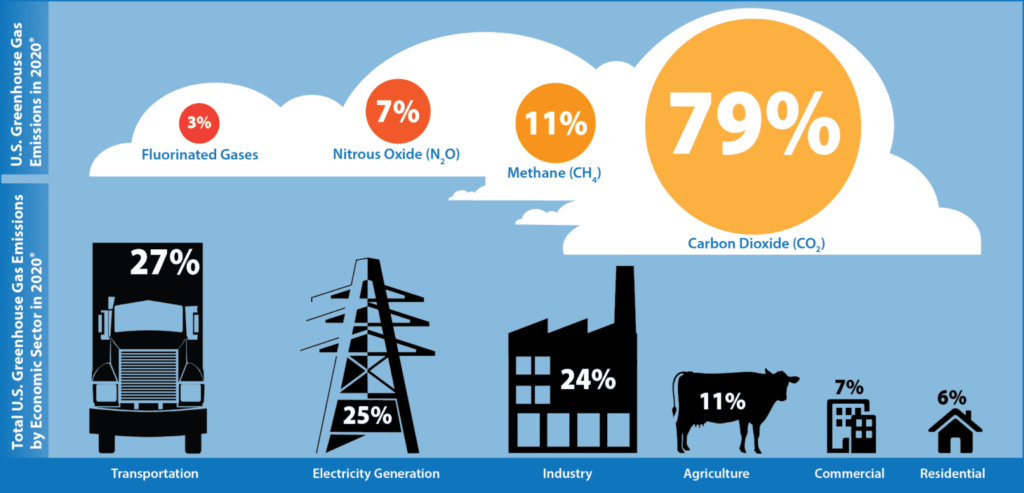
Is monitoring gas emissions in an iron & steel mill worth the time and money? Absolutely! Monitoring gas emissions is a crucial part of keeping any industrial facility safe and compliant.
Not only does it ensure that the gas emissions are being tracked, but it can also provide valuable insights into operational performance and efficiency.
Let’s take a look at some of the key benefits of monitoring gas emissions in an iron & steel mill:
1. Improved Safety:
Monitoring the atmosphere and flue gases in iron steel mills helps workers identify potentially hazardous conditions, such as high levels of carbon monoxide or other toxic substances that can cause illness. By monitoring these factors regularly, workers can quickly address any safety issues before they become serious.
2. Reduced Pollution:
Regular monitoring of the atmosphere and flue gases in iron steel mills allows companies to identify potential sources of pollution, such as airborne particles or chemicals released during production processes.
With this information, they can take steps to reduce the number of pollutants being released into the environment.
3. Improved Efficiency:
Most iron steel mills are energy-intensive operations. By monitoring the atmosphere and flue gases, managers can better understand how their processes use energy so they can make necessary changes to improve efficiency and reduce costs.
4. Enhanced Quality Assurance:
Atmospheric and flue gas monitoring can provide insight into the quality of a mill’s raw materials, production processes, and end products.
This helps ensure that all operations are done by strict industry standards to produce high-quality products.
5. Cost Savings:
Reducing the number of pollutants that are released into the environment can lead to cost savings in terms of fines and other penalties associated with environmental regulations, as well as decreased energy costs from improved efficiency.
6. Greater Sustainability:
By monitoring the atmosphere and flue gases in iron steel mills, companies can take steps to reduce their environmental footprint, such as reducing emissions or investing in renewable energy sources. This helps create a more sustainable future.
7. Improved Public Image:
As environmental awareness increases, consumers are increasingly looking for companies that prioritize sustainability.
Proactive monitoring of the atmosphere and flue gases can help iron steel mills demonstrate their commitment to protecting the environment, which in turn helps boost public opinion about them.
8. Increased Operational Visibility:
All operations at iron steel mills are interconnected. Monitoring the atmosphere and flue gases provides managers with a better understanding of how their processes interact, which in turn can help them make more informed decisions about production schedules or equipment upgrades that will optimize performance.
9. Lower Maintenance Costs:
Maintaining a clean and safe environment at iron steel mills helps reduce the wear and tear on equipment, which in turn can help lower long-term maintenance costs.
10. Enhanced Compliance with Regulatory Requirements:
Last but not least, regular monitoring of the atmosphere and flue gases in iron steel mills helps ensure that companies are compliant with state and federal environmental regulations. This can help them avoid costly fines or other penalties related to noncompliance.
Challenges In Monitoring Atmosphere Gases And Flue Gases!
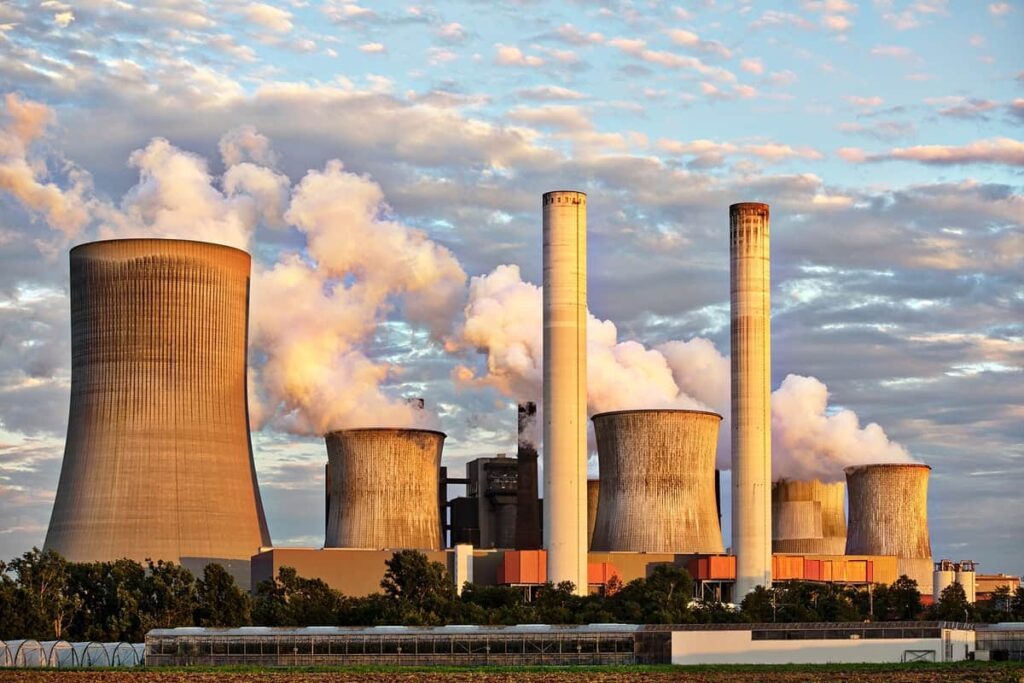
Despite the many benefits of gas analyzer technology, there are some potential challenges associated with its use. We will discuss some of these challenges here:
■ Safe, Reliable, And Cost-Effective Monitoring
Monitoring atmosphere and flue gases, such as sulfur dioxide (SO2), carbon monoxide (CO), or nitrogen oxides (NOx), in iron steel mills and other harsh industrial environments, can be difficult due to the various challenges posed.
The monitoring must be safe, reliable, and cost-effective to provide accurate data for environmental compliance.
■ High Temperatures & Humidity Levels
Iron steel mills tend to have very high temperature and humidity levels which can affect the accuracy of gas monitoring systems. This can lead to inaccurate or unreliable data, and incorrect environmental compliance reporting.
■ Explosive Atmosphere & Flammable Gases
Explosive atmospheres are common in iron steel mills due to the presence of combustible dust and flammable gases, such as hydrogen (H2). Explosion-proof monitoring systems are required to reduce the risk of a catastrophic incident.
■ Corrosive Dust & Gaseous Pollutants
Iron steel mills also tend to have highly corrosive dust and gaseous pollutants.
This can reduce the lifespan of gas monitoring systems when they aren’t designed to withstand these hostile conditions.
■ Intrinsically Safe Design Requirements
Due to the presence of explosive atmospheres and flammable gases, many applications require intrinsically safe (IS) gas monitoring systems for them to be used safely without risking a fire or explosion.
■ Vibration & Shock Resistance
Iron steel mills are subject to large amounts of vibration and shock, which can disrupt the accuracy and reliability of gas monitoring systems if they’re not designed for stability.
■ High SO2 Concentrations
Iron steel mills often have very high sulfur dioxide (SO2) concentrations, so it’s important to select a gas monitoring system that can provide accurate data at these higher levels of pollutants.
■ Wide Range Of Gases To Monitor
In addition to sulfur dioxide (SO2), iron steel mills and related industries often need monitoring systems that can measure a wide variety of other pollutants.
■ Remote Monitoring & Data Management
It’s also important to select a gas-monitoring system that can enable remote access for data collection, analysis, and reporting to streamline the environmental compliance process.
■ Ease Of Installation & Maintenance
Finally, selecting a gas-monitoring system that is easy to install and maintain can drastically reduce downtime while ensuring reliable data collection over long periods.
Technologies Used For Monitoring Atmosphere Gases And Flue Gases!
In addition to the challenges discussed above, some gas-monitoring technologies can help reduce these risks and ensure reliable gas monitoring in iron steel mills. Some of these gas-monitoring technologies include:
Non-Dispersive Infrared (NDIR) Sensor:
This technology is used to measure the concentration of gases such as methane and carbon dioxide in the atmosphere, with a high level of accuracy.
This technology uses lasers to measure the emission spectra of gases to determine their concentration. It is widely used for measuring atmospheric and flue gas concentrations.
Flame Ionization Detector (FID):
This technology is used to measure the concentration of combustible gases such as methane, propane, and ethylene in flue gases.
Potentiometric Analyzer:
Potentiometric analyzers are used to detect changes in the concentration of gases such as carbon dioxide, oxy-hydrogen, and nitrogen oxides within flue gases.
Tunable Diode Laser Absorption Spectroscopy (TDLAS):
While more expensive than other gas-monitoring technologies, TDLAS is a very accurate and rapid method of measuring the concentrations of gases such as carbon dioxide, methane, and hydrogen gas in both flue gas and atmospheric gas streams.
Zirconia oxygen analyzers are used for measuring the concentration of oxygen in flue gases.
On the other hand, TDLS gas analyzers measure the concentration of gaseous pollutants such as nitrogen oxides (NOx), sulfur dioxide (SO2), and carbon monoxide (CO) in gas streams.
Fourier Transform Infrared Spectroscopy (FTIR):
This technology is used to measure the concentrations of multiple trace gas components such as hydrocarbons, nitrogen oxides, and sulfur dioxide in the flue gas.
For gas analysis in iron steel mills, gas analyzers must be designed to meet the specific needs of these environments.
From intrinsically safe designs and vibration & shock resistance to a wide range of gas-monitoring technologies, gas analyzers can help ensure reliable gas monitoring and environmental compliance.
Gas Chromatography (GC):
The gas chromatography gas analyzer is a highly precise and selective tool for measuring the concentrations of volatile organic compounds (VOCs) in gas streams. It can also be used for real-time gas analysis of flue gas streams and stack emissions.
Photoacoustic Spectroscopy (PAS):
Last but not least, PAS gas analyzers measure the concentration of gaseous pollutants such as nitrogen oxides (NOx), sulfur dioxide (SO2), and carbon monoxide (CO) in gas streams with high accuracy. This technology is also used to detect trace gas concentrations of chemicals like formaldehyde and benzene in gas streams.
Conclusion
At EseGas, we offer gas analyzers that are designed to meet the specific needs of iron steel mills and other industrial environments.
No matter what gas-monitoring solution you are looking for, our gas analyzers provide reliable gas-monitoring data with minimal downtime and maintenance.
Contact us today to learn more about our gas analyzers and how they can help your business!




